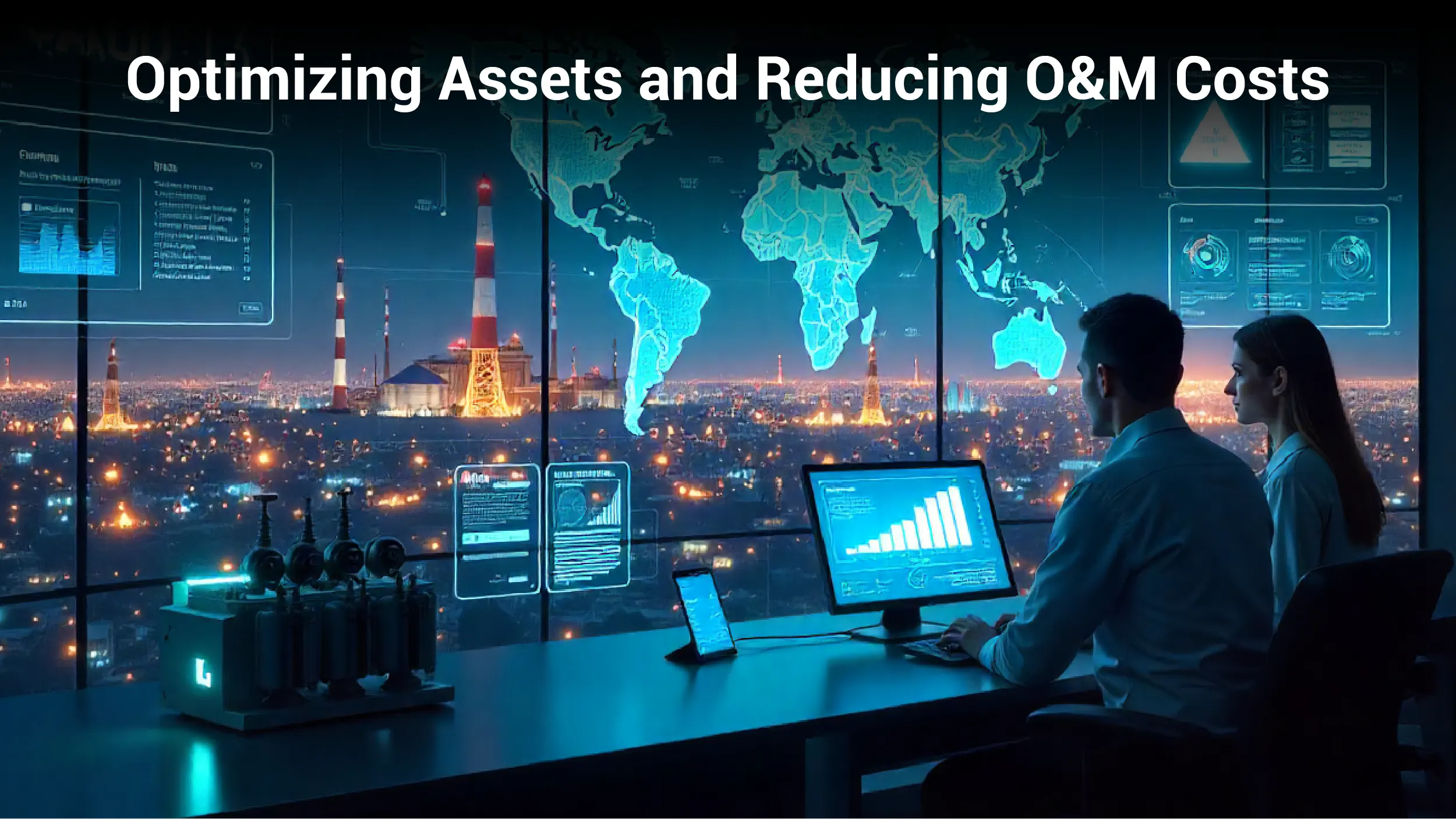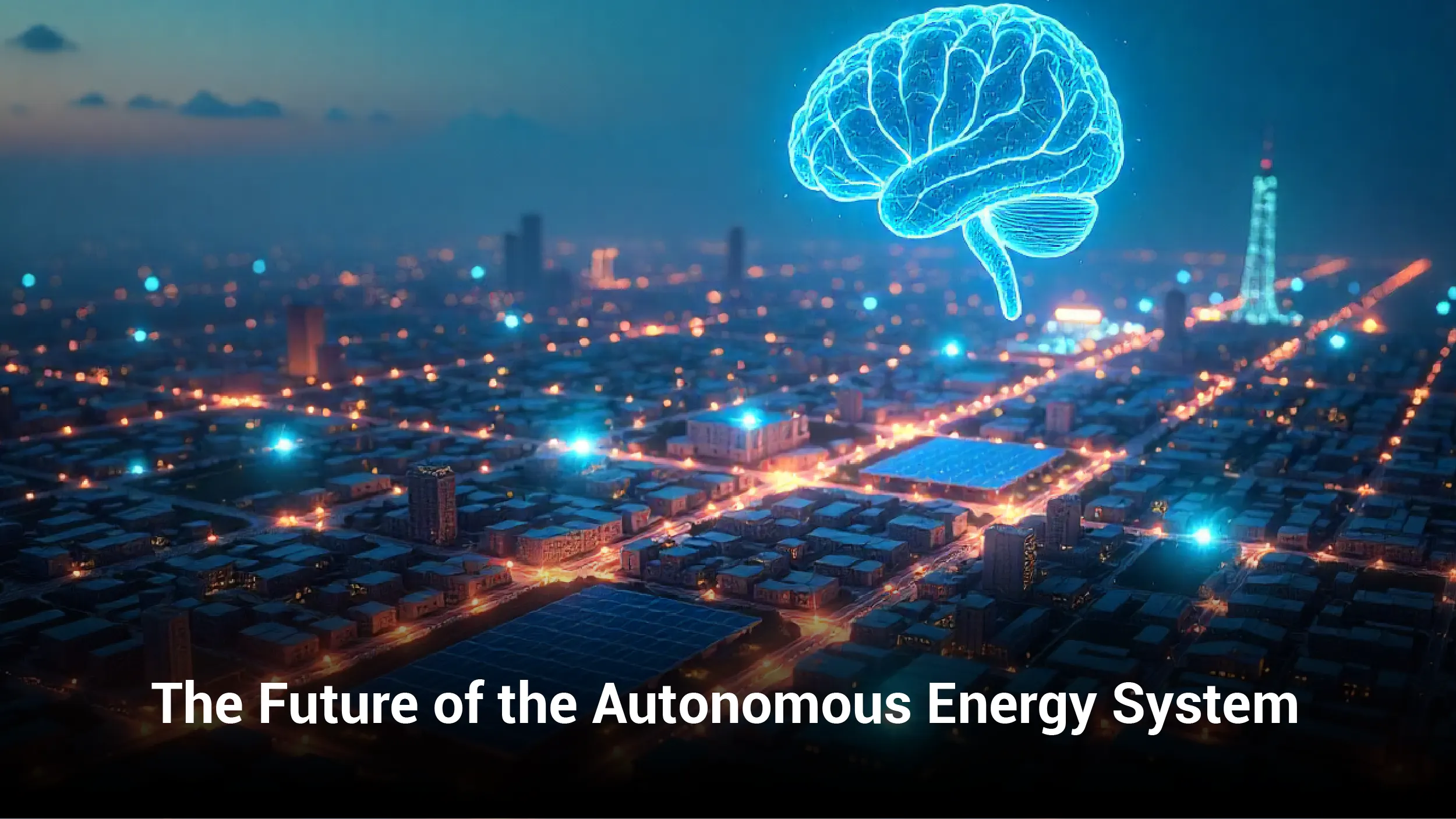You see it happening everywhere. Blackouts are happening more often. The grid struggles every time demand spikes, and extreme weather only makes it worse. Utilities are spending billions fixing problems that could have been avoided. Wind and solar are coming online everywhere. That’s good. But their swings make the grid unstable. If we don’t act, we just keep wasting energy, paying more, and pumping out more emissions.
Here’s the thing. Energy digitalization is what changes this. It uses AI, IoT, and advanced analytics across generation, transmission, and consumption. The grid can notice problems before they blow up, balance supply and demand on the fly, and cut costs. Smart meters, sensors, and digital systems put operators back in control. The lights stay on, the system runs smoother, and sustainability actually moves forward.
Decoding the Smart Technology Toolkit
The grid is under pressure, and energy digitalization isn’t optional anymore. It starts with IoT and smart sensors. These devices are everywhere. Smart meters track household usage, sensors on transformers watch for overheating, and remote monitors keep tabs on solar panels. They feed constant information back to operators. Miss a signal, ignore an anomaly, and small problems become big headaches.
Next is advanced analytics and big data. All the signals collected by sensors are useless if they sit there. Analytics platforms process this flood of information. They detect patterns, flag trouble before it happens, and highlight what needs attention first. It changes the game from reacting after the fact to acting ahead of time.
Then there is AI and machine learning. This is the brain that predicts demand spikes, decides how to distribute energy, and sometimes takes action automatically. Look at Google’s data centers. In 2024, electricity use jumped 27 percent due to AI workloads. Yet emissions dropped 12 percent compared to 2023. That is not luck. They redesigned operations, cut waste, and even supported local energy grids.
Put all of this together, and the system doesn’t just run as it thinks. It watches every signal, spots issues before they blow up, and adjusts automatically. Energy digitalization is what keeps the grid reliable, cuts unnecessary costs, and actually pushes sustainability goals forward. Ignore it, and you are already losing ground.
Also Read: What Is Stationary Power Generation? A Complete Overview for Energy Tech Leaders
Architecting the Smart Grid and Demand Response
The old electricity grid worked in one direction. Power flowed from big plants to homes and offices. That system cannot handle today’s energy world. Solar panels, batteries, and other distributed energy resources push energy back into the grid. Energy digitalization makes it possible to manage all that back-and-forth without a mess.
Smart meters help a lot. They send usage data from homes and businesses straight to the utilities. Operators can see spikes, notice patterns, and bill people correctly. Without this, the grid would be guessing what is happening at the edges. And guesswork is expensive.
Demand response uses this data too. AI looks at consumption and encourages people to move their usage away from peak hours. Millions of small changes add up. It keeps the grid balanced. It keeps the lights on.
Renewables make this even trickier. Wind and solar are unpredictable. Smart grids have to monitor everything in real time and adjust fast. Medium voltage DC grids are part of the solution. They are modular, flexible, and bounce back quickly when something goes wrong.
Combining this energy digitalization creates a grid that watches, thinks, and acts. It keeps things running, saves money, and makes the system smarter every day. Ignore it, and sure, you might still have power, but the efficiency, the control, and the edge you could have are gone.
Optimizing Assets and Reducing O&M Costs

Keeping the grid running is not about guessing anymore. Predictive maintenance is changing the game. Sensors on transformers and turbines track vibration, temperature, and performance constantly. AI looks at that data and tells operators when something might fail before it actually does. No more waiting for breakdowns. No more routine checks that waste time and money. Predictive maintenance is about acting before problems appear.
Digital twins take this a step further. Imagine a virtual version of a power plant or part of the grid. Operators can simulate different scenarios, plan maintenance, and optimize performance without risking real equipment. It is like running experiments without breaking anything.
Analytics also makes supply chain and logistics smarter. Fuel delivery, spare parts, and maintenance schedules can be optimized so everything arrives just in time. Less waste. Lower costs. Smoother operations.
The numbers tell the story. 91 percent of new renewable energy projects are now cheaper than fossil fuels. At the same time, energy digitalization and digital technologies could save USD 1.8 trillion in global grid investments. The Energy Transition Report warns that modernizing infrastructure fast is essential to keep up with the clean energy shift.
This is where energy digitalization proves its worth. It makes maintenance proactive, operations lean, and the grid smarter every day. Ignore it, and you are still stuck in the old ways. Things will run slower. Costs will creep up. You will miss out on savings and chances to do things smarter. Energy digitalization is what changes that. It makes maintenance smarter, operations leaner, and the grid able to think ahead. You cannot afford to ignore it.
Making the Grid Smarter with the Decarbonization Engine
Here’s the thing. Renewable energy is not constant. The sun doesn’t always shine, and the wind doesn’t always blow. That’s why machine learning matters. These models look at tons of weather data, satellites, and past energy patterns. They predict how much power wind farms or solar panels will produce. That makes the grid smarter and keeps energy flowing reliably. It is a big part of hitting sustainability goals.
Buildings are another piece of the puzzle. Smart Building Energy Management Systems and connected thermostats adjust heating and cooling on their own. They watch occupancy, weather, and past usage. That means buildings only use what they need. Less waste. Lower bills. More comfort. This is energy digitalization in action, turning ordinary buildings into active players in efficiency.
Then there are Virtual Power Plants. They bundle rooftop solar, home batteries, and other small storage systems into one controllable power source. The grid can pull energy from this virtual plant when it needs extra power or wants to ease peak loads. It makes a scattered system act like a single smart unit.
Step back and look at it. Forecasting, smart buildings, and virtual power plants are not separate tools but they work together to make the grid smarter. Energy digitalization lets the system predict, adjust, and optimize on its own. Skip these changes, and you may still get power, but the chance to save money, stay efficient, and run smarter will pass you by.
Challenges and the Path Forward
The energy system is changing fast, and it is not without risks. Cybersecurity is a real concern. Connecting the grid to the internet opens doors for attacks. AI can help detect threats, but systems must be strong from the start. Regulations and organizations struggle to keep up. Rules move slowly, and new skillsets are in short supply. That skill gap can slow adoption.
Interoperability is another challenge. Devices and systems must speak the same language. Without standard protocols, information gets lost, and efficiency suffers. The Energy Transition Report shows some progress. Europe is improving, but global energy demand went up 2.2 percent in 2025, and progress is uneven.
Digital technologies can help speed up change and even support the Sustainable Development Goals. The UN has plans to make energy clean and affordable for everyone while aiming for net-zero emissions by 2025. AI is tricky. It can save energy in some areas, but it also uses a lot itself. The path forward is not simple. Smart planning, better policies, and the right technology can guide the system, but it takes effort and attention.
The Future of the Autonomous Energy System

The grid of the future won’t just send power. It will watch what’s happening, learn from it, and react by itself. Energy digitalization helps operators stay in control. It can cut costs and make hitting sustainability goals easier. Basically, the system starts thinking ahead instead of waiting for problems to happen.
This is not a nice-to-have thing. It is the foundation for a grid that is resilient, net-zero, and decentralized. If you skip this, you’re falling behind. Efficiency suffers. Opportunities get wasted.
Imagine AI handling generation, storage, and distribution almost all by itself. When demand spikes, it adjusts immediately. Operators spend time making big decisions, not fixing small problems. That’s what energy digitalization does. It takes a messy, complicated system and makes it clear. The grid runs smarter, cleaner, and ready for anything that comes next.




